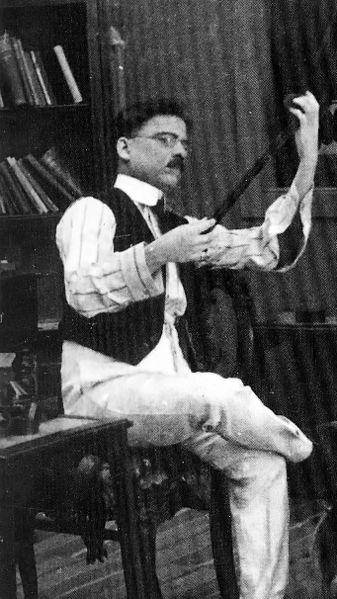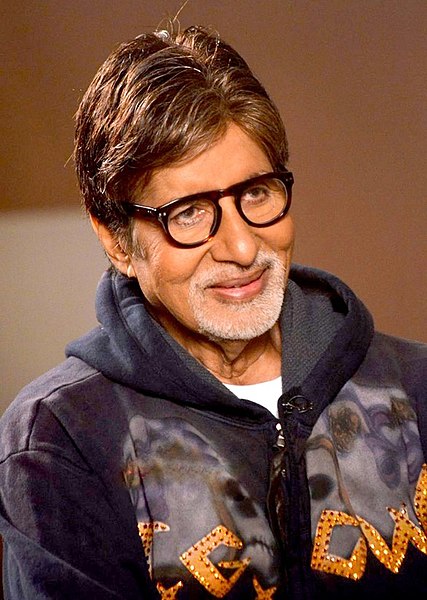Alda Sinha, better known by her stage name Mala Sinha, is a former Indian actress who has worked in Hindi, Bengali and Nepali films. Initially starting her career with regional cinema, she went on to become a top leading actress in Hindi Cinema in the late 1950s, 1960s and early 1970s. In a career spanning four decades, Mala Sinha rose to prominence with films like Guru Dutt's Pyaasa (1957) and Yash Chopra's Dhool Ka Phool (1959). Later, she starred in over hundred film productions including Phir Subah Hogi (1958), Hariyali Aur Rasta, Anpadh, Dil Tera Deewana (1962), Gumrah, Bahurani, Himalay Ki God Mein (1965), Aasra (1966), Ankhen, Do Kaliyan, Maryada (1971). She was known as the "daring diva" and "torch bearer of women's cinema" for essaying strong female centric and unconventional roles in a range of movies considered ahead of their times. Having received multiple awards and nominations, she was given the Filmfare Lifetime Achievement Award in 2018.
Mala Sinha in 2013
Hindi cinema, popularly known as Bollywood and formerly as Bombay cinema, refers to the film industry based in Mumbai, engaged in production of motion pictures in Hindi language. The popular term Bollywood is a portmanteau of "Bombay" and "Hollywood". The industry is a part of the larger Indian cinema, which also includes South Indian cinema and other smaller film industries.
Dadasaheb Phalke is considered the father of Indian cinema, including Hindi cinema.
Nargis, Raj Kapoor and Dilip Kumar in Andaz (1949). Kapoor and Kumar are among the greatest and most influential movie stars in the history of Indian cinema, and Nargis is one of its greatest actresses.
Rajesh Khanna in 2010. The first Indian actor to be called a "superstar", he starred in 15 consecutive hit films from 1969 to 1971.
Amitabh Bachchan in 2014.





